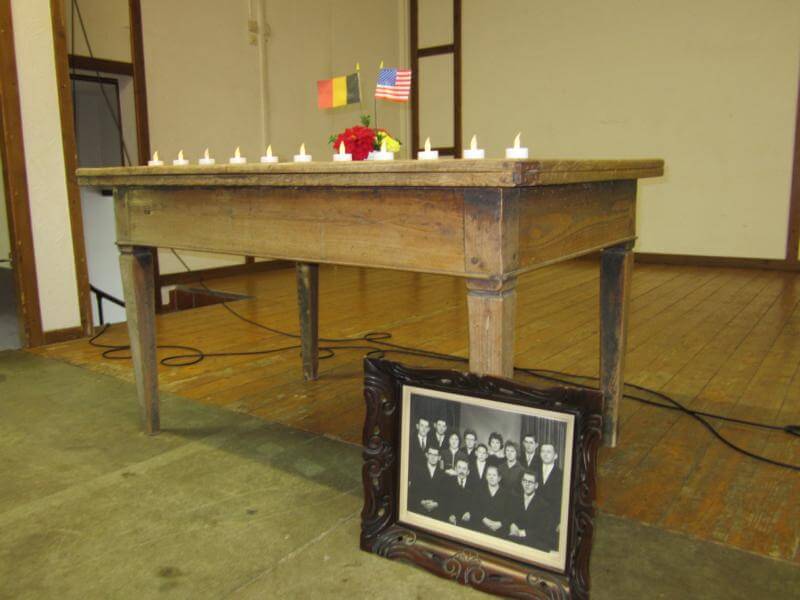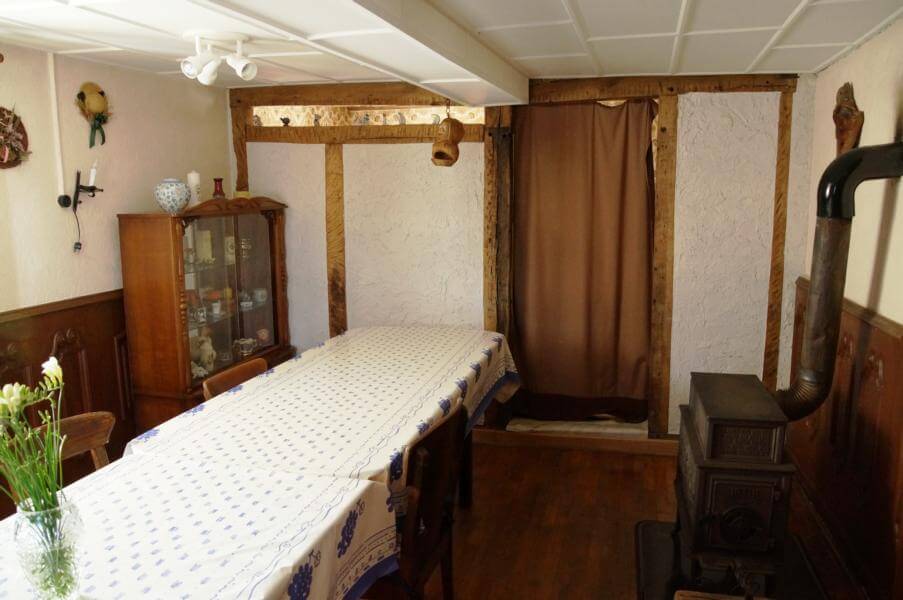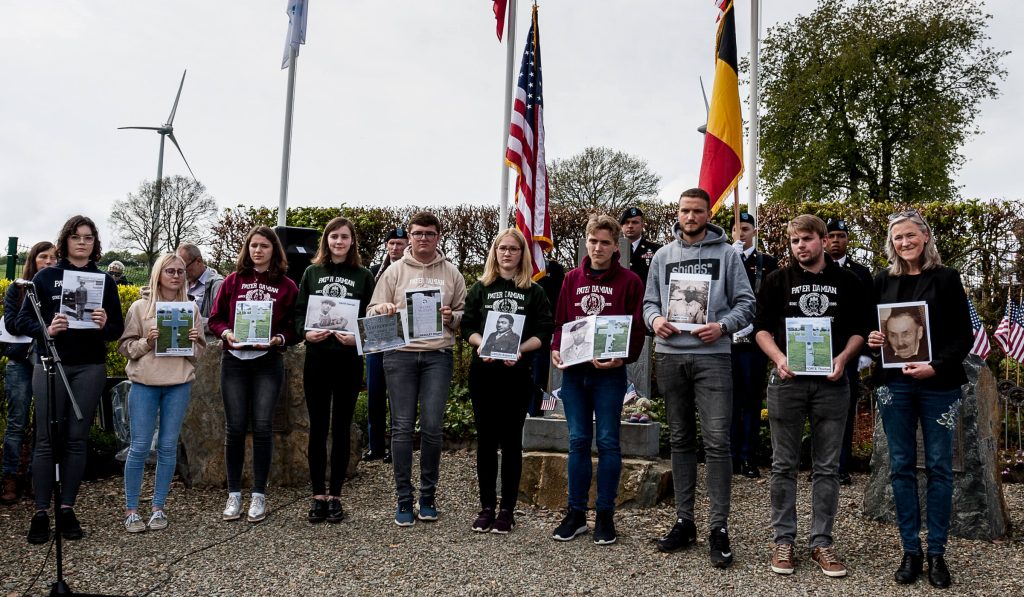In defense of Bastogne during the Battle of the Bulge, it is not always realized that the decisive factor in defense of the city was artillery support. One of the heavy artillery units (155 mm) was the 969th FAB. It was a unit composed of African-Americans joined by the few howitzers and survivors of the 333rd FAB. For their actions, the 969th FAB received the Presidential Unit Citation, the highest military award a unit can receive. But despite their service, the participation of African American G.I.s in the Battle of the Bulge, or other actions of World War II, is not well known, nor are their sacrifices especially recognized.
Certains connaissent les Tuskegee Airmen, le 761st TB et le Red Ball Express. Mais la majorité des soldats afro-américains de la Seconde Guerre mondiale (environ 260.000 en Europe) n’ont jamais été reconnus.
It was after a long confrontation in Saint Vith that the survivors fled towards Wereth. After a long day’s march, they found refuge, rest, and food in the farmhouse run by Mathias and Maria Langer. They welcomed them, risking their lives. Interestingly, in this part of Belgium, the Americans were not necessarily perceived as “liberators.” At the time, the population sometimes felt more German than Belgian in the Eastern Townships, which had been passed between the two countries for many decades. That same day, the Langer family also hid two German deserters and sent their own sons away to avoid enlistment.


Around 4 p.m., a German patrol of four men from the 1. S.S. Pz Division belonging to the Kampgruppe Knittel arrived in Wereth. Someone had undoubtedly alerted the Germans to the presence of the eleven soldiers at the Langer home. When the S.S. arrived at the farm, the 11 G.I.s surrendered immediately without resistance.
Forced by the Germans, they sat on the cold ground until nightfall. At the beginning of the night, rifle shots rang out. The next morning, villagers discovered the bodies of the men in a sunken path on the edge of the meadow. Fearing the return of the enemy, they did not touch the bodies and let the snow cover them. They remained there, under this white shroud, until late January/early February 1945.
The bodies were frozen and not touched since the massacre. Later, the official report notes that the men were brutalized: legs broken, bayonets beaten on the head, and some fingers cut off. It is also clear that one of them had tried to bandage a comrade. Finally, the official army photographer completed the file with photos that highlight the brutality of the massacre.
The murder of these eleven men remained a secret for many years and then seemed to be forgotten and unpunished. Seven of these soldiers are buried in the nearby Henri-Chapelle American Military Cemetery. After the war, the other four brothers in arms were returned to their families and buried in local cemeteries.

On September 11, 1994, Hermann Langer erected a stone cross in memory of the eleven African American G.I.s of the 333rd Field Artillery Battalion. Hermann is the son of Mathias and Maria, the couple who sheltered the soldiers at the time.
But Wereth, with no school or store, remained unknown to anyone. Then, in 2001, three citizens began a difficult project. They brought it to fruition: by raising funds to construct and inaugurate in 2004 a memorial to “Wereth’s 11”, but also to all African-Americans who fought for our freedoms.
Even today, the research about these fallen heros and their units continues.